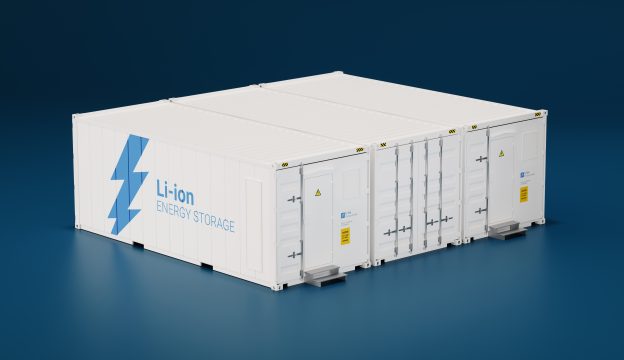Japan’s financial newspaper the Nikkei reported on 26 December that Japan’s share of global solar market has shrunk significantly in the recent years due to competition from China and South Korea. According to the Nikkei, a 2005 global ranking of manufacturers of solar photovoltaic cells by production volumes shows that four out of the top five were Sharp Corp. and three other Japanese companies. However, a later ranking of cell manufacturers by product shipments for 2016 reveals that Japanese companies have fallen out of the global top five. The Nikkei’s article states that Chinese and South Korean cell manufacturers have captured significant market shares through their aggressive undercutting strategies. Consequently, Japanese cell manufacturers have to make themselves leaner to remain profitable.
Numerous Japanese companies that are in the solar cell market have hastened to reorganize as to make their operations more competitive. Sharp has just announced that it will transfer a part of its energy technology business – including the R&D, repair, and sales of solar cells – to its subsidiary Sharp Energy Solutions Corp. in the spring of next year. Panasonic Corp. and Kyocera Corp. are also planning to scale back their production of solar cells.
After being acquired by Hon Hai Precision Industry Co. Ltd. (aka Foxconn Technology Group) in August 2016, Sharp was able to turn its solar cell business from loss to profit by carrying out reforms such as changing the terms of purchasing contracts with upstream suppliers to get better prices. For its fiscal 2016 (which concluded at the end of March 2017), Sharp’s solar cell business reported an annual revenue of JPY 103.6 billion. However, this amount was just about a quarter of its 2013 peak revenue.
Panasonic also recorded loss in its solar cell business in 2016 for the first time and has started to scale back domestic production. The Nishikinohama plant that fabricated cell components in the city of Kaizuka has suspended production, and the solar panel assembly line in Shiga Prefecture is scheduled to shut down within the company’s fiscal 2017 (by the end of March 2018). Panasonic is also producing solar cells at a factory in Shimane Prefecture, but the capacity utilization rate of the plant is fairly low.
Panasonic is consolidating its overseas operations as well. The company closed a US factory this October after announcing the plan on 7 September. Located in the state of Oregon, this factory produced crystalline silicon ingots – the upstream material for solar cells.
An earlier article published by the Nikkei on 22 April states that Japan’s domestic solar demand has been anemic because of the reductions in the feed-in tariff. At the same time, foreign competitors continue to undercut prices of Japanese solar companies, forcing them to abandon domestic production. For instance, a part of Kyocera’s panel assembly business will be outsourced to other companies, while the rest of the operation will move from Japan to China. Kyocera already suspended its module assembly line in Mie Prefecture at the end of this March.
Data released by Japan Photovoltaic Energy Association (JPEA) on 22 November again shows weak results for solar cell shipments during 3Q17. For the domestic market, shipments for this three-month period came to 1,280MW. This represents a large YoY drop of 23% and the ninth YoY shipment decline within the 10 quarters for the domestic market. Japan’s total solar cell shipments (including both domestic and overseas markets) for 3Q17 also fell 24% YoY to 1,388MW. This marks 10 consecutive quarters of YoY decline for the total cell shipments. In terms of overseas market share, Japanese cell manufacturers together accounted for around 38% by the end of 3Q17.
(Photo credit: Panasonic Corp.)







